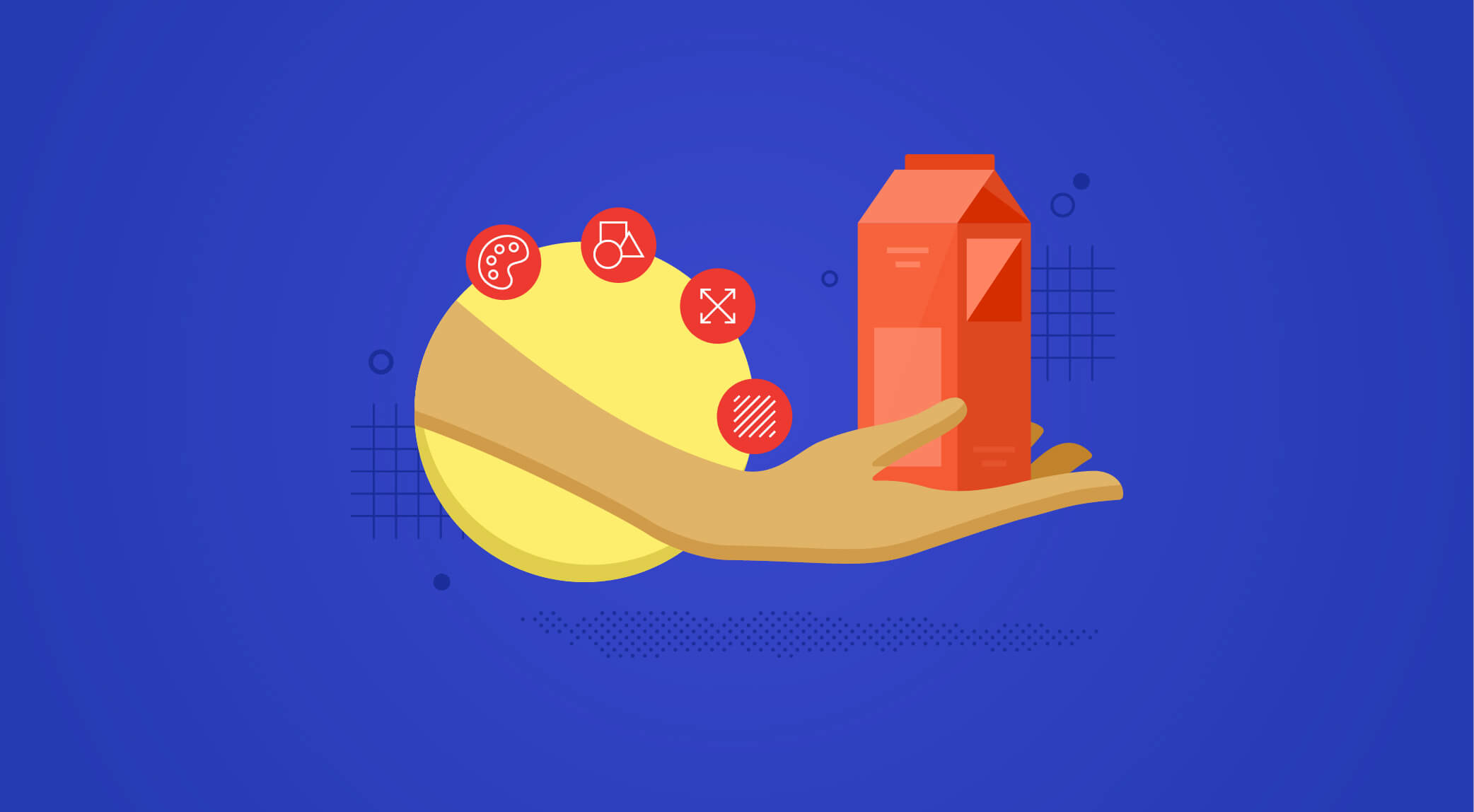Let's Talk
We would love to hear from you. Want to know more about our services or have any questions? Say Hi!
The Impact of Packaging on Consumer Purchasing Behavior: An Analysis of the Impact on Buying Decisions

Product packaging plays a crucial role in shaping consumer behaviour. It is not just a container to hold a product; it is a powerful tool to attract or repel consumers. Packaging is the first point of contact that a consumer has with a product. Hence, it must be designed to create a strong impact and connect with the consumer’s emotions. In this blog post, we will explore product packaging, buying behaviour and its impact on consumers.
Firstly, let us understand the importance of packaging. Packaging is a crucial element of marketing. It is the first thing that a consumer sees when they are looking for a product. Packaging is responsible for creating a first impression of the product and plays a significant role in a purchase decision. It is, therefore, essential to create packaging that stands out and is visually appealing. The packaging design must communicate the brand’s identity, values, and purpose to the consumer.
Packaging’s primary function is to protect the product during transportation and storage. However, the packaging serves a purpose other than protection. It is an important component of the marketing mix because it can influence a consumer’s perception of a product. Packaging can be used to establish a distinct identity, foster brand loyalty, and boost sales.
Packaging can give a product a distinct identity. A well-designed package can set a product apart from its competitors. A product with distinctive packaging is more likely to be remembered by the consumer. Packaging can also be used to convey product information. For example, an eco-friendly product can use eco-friendly packaging made from recycled materials.
Packaging can also help to increase brand loyalty. Customers who identify with a brand are more likely to become repeat customers. Packaging can be used to reinforce the image and values of a brand. For example, a premium brand can use high-quality packaging materials that reflect the brand’s premium status.
Finally, packaging can influence a consumer’s purchase decision. The packaging design can elicit emotions and a desire to buy the product. Packaging can also communicate the benefits of a product, which can influence a consumer’s decision to purchase it. A product that is marketed as healthy, for example, can use packaging that emphasizes its nutritional benefits.
Packaging colour, shape, size, and texture can all influence a consumer’s decision to purchase a product. Let’s take a closer look at these components.
Colour: One of the most important aspects of packaging is colour. It has the ability to elicit emotions and influence a consumer’s perception of a product. Green, for example, is frequently associated with health and environmental friendliness, whereas red is associated with excitement and passion. Colours that are consistent with the brand’s image on packaging can create a strong emotional connection with the consumer.
Shape: Packaging shape can also influence a consumer’s perception of a product. A premium product, for example, can use packaging with a sleek and elegant design. Simple-to-use packaging can also attract consumers.
Texture: The texture of packaging can also provide the consumer with a one-of-a-kind sensory experience. Smooth and glossy packaging, for example, can create a premium feel, whereas matte and textured packaging can create a rustic or natural feel.
Packaging can also be designed to be environmentally friendly in addition to these elements. Consumers are becoming more aware of the environmental impact of packaging. Brands that use environmentally friendly packaging materials can appeal to environmentally conscious customers. Packaging can help to establish a distinct identity, foster brand loyalty, and influence a consumer’s decision to purchase a product. Packaging colour, shape, size, and texture can all influence a consumer’s decision to purchase a product.
Furthermore, packaging can help to create an omnichannel experience for customers. The term “omnichannel” refers to a strategy that provides a unified shopping experience across multiple channels, such as online, physical stores, and mobile devices. By including QR codes, NFC chips, or augmented reality (AR) features that connect the consumer to online content or promotions, packaging can be used to improve the omnichannel experience. This can result in a more engaging and interactive consumer experience, leading to increased brand loyalty and sales.
It is also worth noting that packaging can have a significant impact on a product’s perceived value. If the packaging conveys a sense of luxury or exclusivity, consumers may be willing to pay more for a product. A product packaged in a sleek, matte black box, for example, may be perceived as more valuable than the same product packaged in a basic, plain box. As a result, investing in high-quality packaging can boost product perceived value and drive sales.
Understanding the target audience is critical for creating effective packaging. When it comes to packaging design, different age groups, genders, and cultural backgrounds have different preferences and expectations. Packaging with bright colours and fun designs, for example, can be used for a product aimed at children. A product aimed at seniors, on the other hand, may use packaging with larger fonts and simpler designs.
Packaging design can also differ according to product category. Food packaging, for example, may require clear labelling and nutritional information. Luxury goods packaging may require a more sophisticated design that reflects the product’s exclusivity.
When designing packaging, it is also critical to consider its functionality. Packaging must be simple to use, transport, and store. It should also be strong enough to keep the product safe during transport and storage.
Packaging can also be used by brands to tell a story. A brand with a unique origin story, for example, can use packaging to communicate its story to the consumer. This can help to establish an emotional connection with the consumer and boost brand loyalty.
Finally, packaging design is a continuous process. Brands should evaluate and improve their packaging design on a regular basis to ensure that it remains relevant and effective. Consumer feedback can be useful in improving packaging design.
In conclusion, packaging has a significant impact on consumer behaviour. It is an important component of the marketing mix because it can influence a consumer’s perception of a product. Effective packaging design can help to establish a distinct identity, foster brand loyalty, and influence a consumer’s decision to purchase a product. Understanding the target audience, considering the functionality of the packaging, and continuously evaluating and improving the packaging design are all necessary for creating effective packaging. Brands can create packaging that connects with consumers and drives sales by doing so.
If you are an upcoming brand and looking for the best packaging design then Litmus Branding is your one-stop solution. We are a packaging design agency that has made some of the most promising packaging designs in India. We know what can work for you and we are here to help you. Let’s get in touch and discuss this further.


